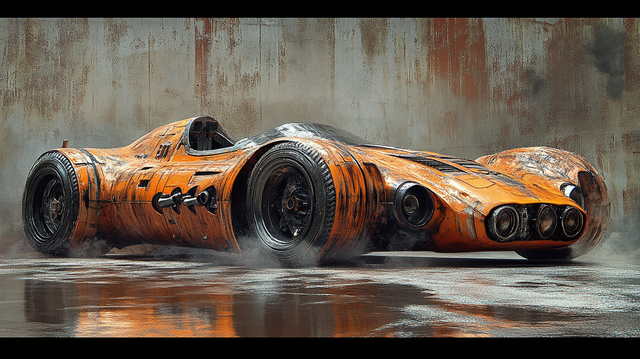The History of Sports Cars: Speed, Style, and Performance

Sports cars have long been symbols of speed, luxury, and innovation. Born from humanity's desire to push the limits of automotive performance, these vehicles combine precision engineering with aesthetic appeal, capturing the imagination of enthusiasts worldwide.
Early Beginnings
The origins of the sports car can be traced back to the early 20th century. In the 1910s and 1920s, as automobiles became more accessible, manufacturers began experimenting with lightweight designs and powerful engines for racing and recreational driving. Early examples, like the 1914 Vauxhall 25hp and the 1923 Alfa Romeo RL, showcased speed-focused engineering and sporty aesthetics.
The Golden Age of Performance
The 1930s marked a golden age for sports cars. Brands like Bugatti, Bentley, and Mercedes-Benz dominated the racing circuits, with models such as the Bugatti Type 35 and Mercedes-Benz SSK becoming icons. These vehicles laid the foundation for sports cars as both track-ready machines and symbols of status and sophistication.
After World War II, sports cars entered a new era. European brands like Ferrari, Jaguar, and Porsche gained prominence, crafting sleek, high-performance vehicles that set new benchmarks. The Ferrari 250 series, Jaguar XK120, and Porsche 356 became benchmarks for design and engineering, appealing to a growing audience of enthusiasts.
Postwar Expansion and Global Appeal
The 1950s and 1960s saw the rise of sports cars in America, with Chevrolet introducing the Corvette in 1953 and Ford unveiling the Mustang in 1964. These models offered a blend of affordability and performance, bringing sports car culture to a broader audience. Meanwhile, European brands continued to refine their offerings, with the Aston Martin DB5 and Lamborghini Miura becoming cultural icons.
Japanese automakers entered the scene in the 1970s and 1980s, challenging traditional manufacturers with reliable, affordable sports cars like the Datsun 240Z and Mazda RX-7. These vehicles demonstrated that high performance could be accessible without compromising on quality or design.
Modern Innovations
The late 20th and early 21st centuries ushered in an era of technological advancements. Sports cars like the McLaren F1 and Bugatti Veyron redefined speed and engineering excellence, setting world records and pushing the boundaries of what was possible. Hybrid and electric sports cars, such as the Porsche 918 Spyder and Tesla Roadster, introduced a new dimension, combining performance with sustainability.
A Timeless Appeal
Today, sports cars represent more than just speed; they embody the art of driving. Whether it's the roar of a naturally aspirated engine or the silent acceleration of an electric motor, these vehicles continue to captivate with their ability to deliver exhilaration and elegance.
From their humble beginnings to their status as engineering marvels, the history of sports cars is a celebration of human ingenuity and passion for performance. They remain an enduring symbol of freedom, innovation, and the pursuit of excellence on four wheels.


